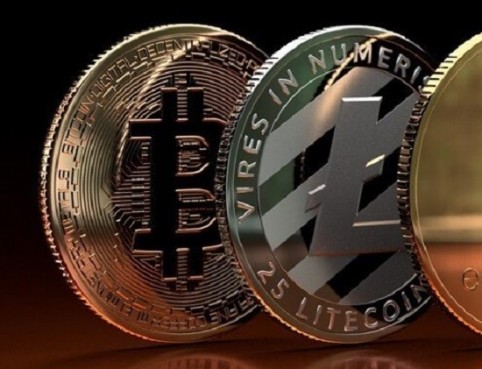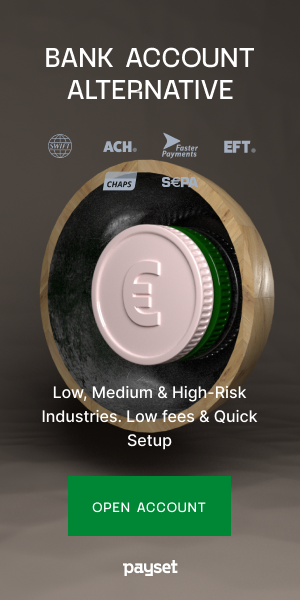Litecoin (LTC) price
- LTC - USD (United States Dollar)
- LTC - EUR (Euro)
- LTC - GBP (British Pound Sterling)
- LTC - RUB (Russian Ruble)
Market cap
$6,010,329,724
83,261,524 LTC
Volume (24H)
$363,373,503
5,033,839 LTC
Day's range
$71.09 - $76.05
0.00121551 BTC - 0.00130019 BTC
Last trade
0.00797766 LTC
yobit $0.6681
Open price (24h)
$76.05
52 Weeks. Low - High
$64.64 - $84.33
Supply
84,000,000 LTC
Max supply
84,000,000 LTC
Open/Close in UTC time
| Date | Close Price | Open price | Volume (24H) | Market Cap | Day's range |
|---|
What is Litecoin?
Litecoin is a peer-to-peer digital currency that enables instant and near-zero costs for transfers. It is also an open source software project released under the MIT X11, which is a permissive free software license designed to put very limited restrictions on reuse and an emphasis on high compatibility. Litecoin is the third oldest cryptocurrency, developed from Bitcoin source code.
History of Litecoin
A brainchild of Charlie Lee, a former Google employee, Litecoin was released on October 7, 2011, via an open-source client on Github. The project went live on October 13, 2011. The project forked out of Bitcoin Ledger as a lightweight version of Bitcoin.
What Makes Litecoin Unique?
Transaction Speed
While Litecoin is based on the same open source code that powers Bitcoin, with some notable differences, it goes a notch higher by guaranteeing faster transaction speeds while using less energy. Because it generates blocks four times faster than Bitcoin, it can process transactions in under 2.5 minutes, compared to 10 minutes by Bitcoin. The fast transaction speeds allow the cryptocurrency to handle more transactions by volume on any given day.
The Coins
Litecoin differs from Bitcoin on the total number of coins that will ever be in supply. While Bitcoin will never exceed 21 million coins, the Litecoin coin supply has a limit of 84 million. The intrinsic value of a cryptocurrency is dependent in part on the number of coins in circulation. In theory, the lower the number, the higher the likelihood of a single unit of a digital currency of being more valuable.
Litecoin works precisely like traditional banking, whereby the digital currency can be transferred between people and businesses for goods and services. What makes it different from fiat currencies, is that no government or financial authority controls it.
Just like other cryptocurrencies, Litecoin is stored in a wallet, which can be digital and software-based, residing on a computer or mobile device, or a physical hardware wallet. The cryptocurrency can also be stored by creating a paper wallet through a process that involves generating and printing out a private key on a computer not connected to the web.
Each wallet comes with both a public key, which will appear on the Blockchain and a private key that allows one to send and receive coins to and from Litecoin addresses.
How Does Litecoin Work?
Just like other cryptocurrencies, Litecoin is generated through a process called mining. The process involves using computer software to solve equations that facilitate the processing of a block of Litecoin transactions. Every 2.5 minutes, Litecoin generates a block, which is a ledger entry of recent Litecoin transactions. Miners are rewarded with newly mined coins when they process a block.
How to Mine Litecoin
Litecoin operates thanks to individuals contributing computer power to help facilitate transactions on the network. People who contribute computing power and validate transactions get rewarded with Litecoins. This process is called mining.
Litecoin relies on the Scrypt algorithm for mining purposes. The algorithm favors large amounts of high-speed RAM, rather than raw processing power. The algorithm also dictates the number of coins that are distributed each time a solution on a block is solved. People looking to mine the digital currency typically join pools where their computing power is combined with those of others to obtain the rewards
Computers in the Litecoin network utilize GPU or CPU power to solve rather complex mathematical problems until a solution is found. It is at this point that transactions within a respective block are verified and stamped as legitimate. Whenever a transaction is made, it is grouped with others that have been recently submitted in cryptographically-protected blocks.
Litecoin can also be purchased or exchanged for other cryptocurrencies on numerous exchanges.
Price Analysis
Litecoin’s market cap is slightly lower than that of Bitcoin. However, it still ranks among the top 5 digital currencies in the world with a market cap of $12.9 billion at the end of 2017.

Ethereum Hits $3,000 Again as Traders Fear SEC Testimony, XRP, CEL, LTC Sep. 20

Ethereum Price Rallies After London Hard Fork Upgrade, ADA, LTC, AAVE, Aug. 9









